Egypt magic [1482]
The Valley of the Camel in Egypt is a charming nature Valley called Maldives Egypt
archaeologytitle, which was known especially the colours
Valley of the Camel Reserve is an Egyptian desert reserve located in the Red Sea Governorate with a large total area of 7,450 km2. This reserve contains a portion of the Red Sea with a length of 60 square kilometres and a width of 60 square kilometres divided into 50 kilometres considered in desert possession Sharqia, 10 km from the Red Sea itself declared a nature reserve in 2003.
Valley of the Camel is located in a surrounding area, this area is located 40 km from Marsa Alam in the Red Sea and about 950 km from Cairo (the capital), and the area of the reserve is 7,450 square kilometres divided into 4,770 square kilometres of land, and 2, 100 square kilometres of marine area.
Camel Valley Reserve is called Maldives Egypt due to its splendour, beauty and natural landscapes. It combines the tranquillity of nature and the charm of camping under the stars, and it has rare wildlife, and it also has the most beautiful beaches at all, Hankorab Beach.
Valley of the Camel Reserve, a piece of paradise on the Red Sea coast, contains biodiversity, migratory birds, and clear beaches, and the picturesque nature is embodied in it, in which there are rare species of trees, palms and lakes mixed with saltwater in the farmland to charm the eyes with its beauty.
There are holes where sea turtles dug with sand, leaving eggs in. It includes vast areas of rare plants such as mangroves that grow in seawater, and migratory birds build their nests and other plants with lengths from 5 to 9 meters.
Reason for naming the reserve with this name:
This reserve was called this name, given that many important tribes live in the area in which the reserve is located, the most important of which is the Ababda tribe, all of which depend on grazing camels; at the same time, the reserve grows many plants with a distinctive taste of beauty, so throughout history, camels fled from the tribes, And you go to the reserve to enjoy the taste of the grass, and this is how the tribes knew where to find stray camels, so the region called the Valley of Beauty, to gather camels there, but even now the valley is called the land of lost camels.
Valley of the Camel Reserve is divided into several sub-reserves, which are as follows:
1- Valley of the Camel Island protected area, the second-largest concentration of sunset falcon globally.
2- The protected area of ”Hankawarib”, which is 18 kilometres south of the Camel Valley, is characterized by beaches and coral reefs.
3- The Al-Qalaan area protected area, which lies 9 kilometres north of the village of Hamata and is characterized by the presence of vast areas of “mangroves” and many types of endemic and migratory birds.
4- Then the Hamata Islands Reserve, which is located 2 miles from the beach opposite the village of Hamata and features places for swimming and diving activities.
Main reserve components:
1- Valley of the Camel Basin, the largest in the world:
The Valley of the Camel Basin is the largest and richest valley in the Eastern Desert, but rather one of the largest mountain basins in the world, with its various and rare organisms that the region is famous for.
2- Mount Hamata, the seat of the rare sunset Saqr:
Hamata Mountain is considered the highest mountain in the Eastern Desert. It has a great diversity of ecological organisms such as deer and titel, birds such as the eagle and the sunset falcon, which is considered one of the rarest birds.
3- Marine beaches in reserve:
The marine beaches in reserve are numerous, and it consists of several islands in which birds and sea turtles reproduce. The sandy beaches are distinguished by the abundance of sea turtles on them. It is considered one of the most important places of biological diversity: the multiplicity of ecosystems and the abundance of biological organisms, whether land or marine.
4- Coral reefs and submerged islands:
There are magnificent coral reefs along the world’s most beautiful beaches, which is the Valley of the Camels (Hankorab Beach). Several islands are submerged in the middle of the sea on which birds of different shapes and colours reproduce.
5- Open desert areas and wonderful mountain areas for camping:
Valley of the Camel reserve has open desert areas with distinct wild animals of wild cats, kilometres of deer and birds that you can see. At the same time, they hunt their prey and mountainous areas that Italian and German tourists come to, especially to camp and watch the stars and birds at night and enjoy their beauty.
6- mountain tea trees of great beauty:
The wild area is characterized by its rare plants, the most important of which is mountain tea.
7- mangrove jungle:
Rare mangroves extend along with parts of the region’s coasts.
8- A clear stargazing sky was known to the world:
The region is characterized by the purity of its sky, allowing lovers of stargazing to do so and the pleasure of camping in this region.
9- Seaweeds of special importance:
Surprisingly, the marine weeds in this region have special importance as some rare creatures and fish reproduce with them, and they are the only source of these extinct species in the whole world.
10- Five full-fledged hotels:
Five hotels in the Valley of the Camel full-fledged throughout the year and most of them are German and Italian tourists. Hotels rely on themselves to promote the area and its beauty, as the Ministry of Tourism completely ignores the area so that foreigners know it much more than the Egyptians.
The most important features of Valley of the Camel Reserve:
Valley of the Camel Reserve is characterized by its natural features of great aesthetic value and charming landscapes, as towering beauty blends with crashing waves. The reserve includes a distinguished group of marine and mountain resources.
The rainwater settles below the mountain heights in a wonderful aesthetic view that helps the psychological comfort and brings happiness in the viewer’s spirit to those scenes.
Biodiversity in reserve:
The marine area of the reserve is characterized by nearly 450 species of high-quality coral reefs, more than 1,200 species of fish, and rare marine creatures that are difficult to find outside of the reserve.
According to studies, 17% of the animal marine life species are indigenous to the Red Sea environment. The reserve is located within its scope, along with several types of seaweeds.
The reserve also includes 5 islands home to about 13 species of birds that spread in the sky of the reserve, such as the eagle, the sunset falcon, which is rare in many places.
There are also different rare animals in reserve, such as the Egyptian deer, the tetle.
The reserve also includes critical environments for a large number of threatened species, whether land or marine, as about 140 species of plants have been recorded, of which 125 are of pastoral importance, 32 are used in traditional medicine, 40 types are for food or as drinks, 11 types as a source of fuel. 8 types are used in the manufacture of household equipment and furniture.
Geological and natural features:
The reserve contains distinct geology and views of high aesthetic value. It is characterized by geological formations filled with precious minerals such as emeralds, ornamental stones, feldspar, lead, manganese and gold.
It also contains the ruins of ancient war towers, ancient castles, and sites for extensive excavation of gold, precious stones, granite and emeralds near the Skeet Valley area, where the emerald stone is located, as that was the only source of this stone in the days of the Roman Empire. There is the largest emerald mine in history.
On the other hand, a geological source exploded that the Skeet Valley is one of the few valleys that possesses the radioactive uranium element. This is proven by secret geological reports and monitored by various satellites.
Historical Sites :
• The reserve also embraces some Ptolemaic and Roman antiquities. Some ruins dating back to ancient Egypt, and the cultural heritage in this region is represented in prehistoric monuments from rock drawings that record human activities in that historical period. It also ikilometresder its wealth the remains kilometres Quaintance of God kilometres can Al-Shazly Which has become a tourist destination for Egyptians, Arabs and foreigners.
Whereas, when the pharaohs passed through the Ska Valley area of the reserve, they discovered that it possessed the precious Emerald Stone and extracted it from it, which was used in the form of a pyramid
The Romans also used kilometre alley after that to extract kilometres ld stone after the Pharaohs, kilometres a miniature temple in the middle of the mountain called the Roman Serapis Temsplendour it is said that it is similar to the story of Istranquillityis, the Pharaohs, as it was famoukilometress that the Romans imitated the Pharaoh wildlife, near Skeet Valley, buildings were found, known to be the city of Roman workers, who the kings used to extract the emerald stone.
It was known from some archaeology that the workers who were used by the pharaohs to extract gold and emeralds from this place were called “the carp”, and they were of saltwater and black skin.
And on the way the Pharaohs extracted those minerals from the desert valleys, it was said that they used to release fumes of fumes and follow them, as they settle inside seawater that possesses these minerals with the help of the jinn.
Demography:
The tribes that exist and live in the region are called the Ababda and Basecond-largestshariya tribes, who trace their origins to many peoples who lived between the Red Sea and the Nile. They work in herding and exploiting plant species for food and trade.
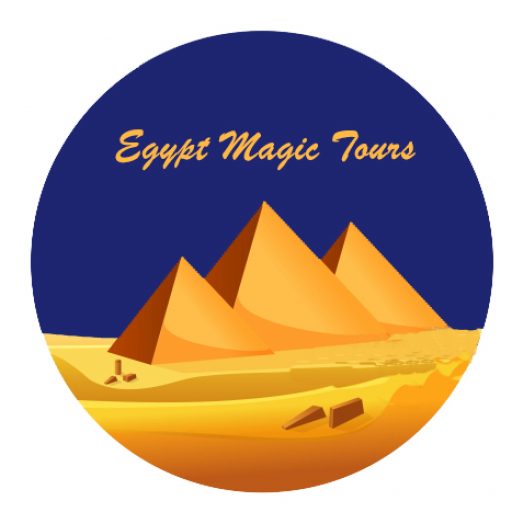

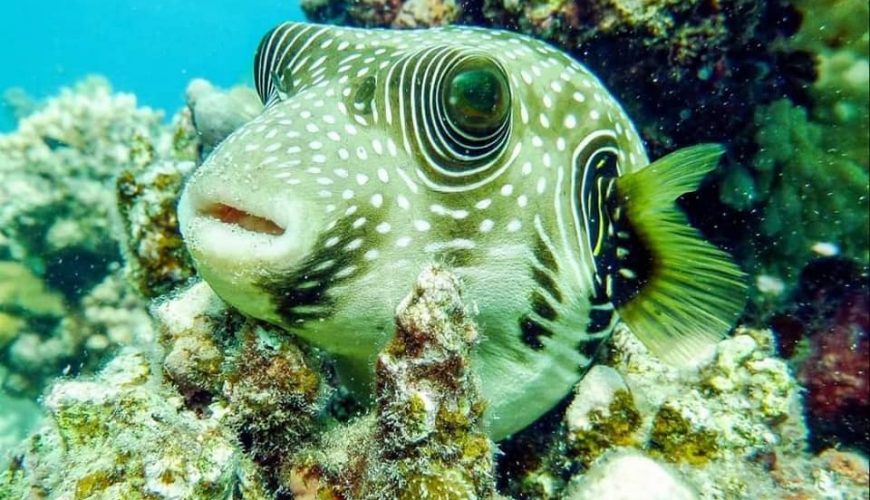
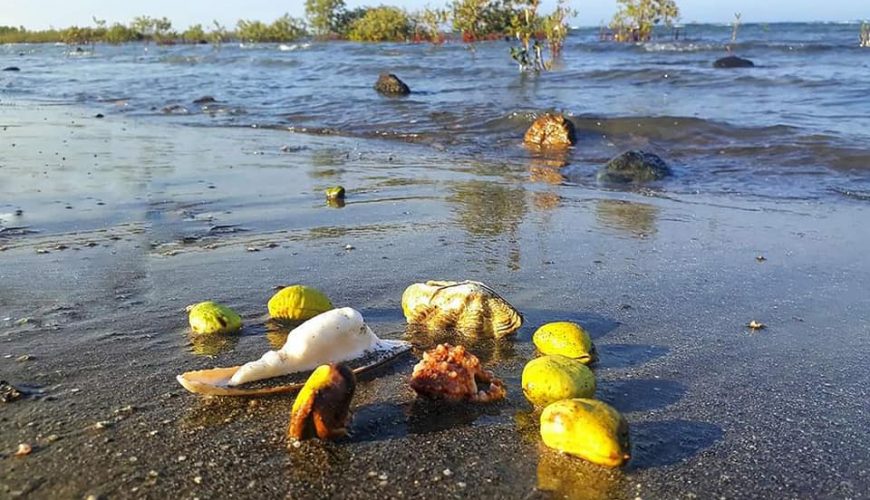



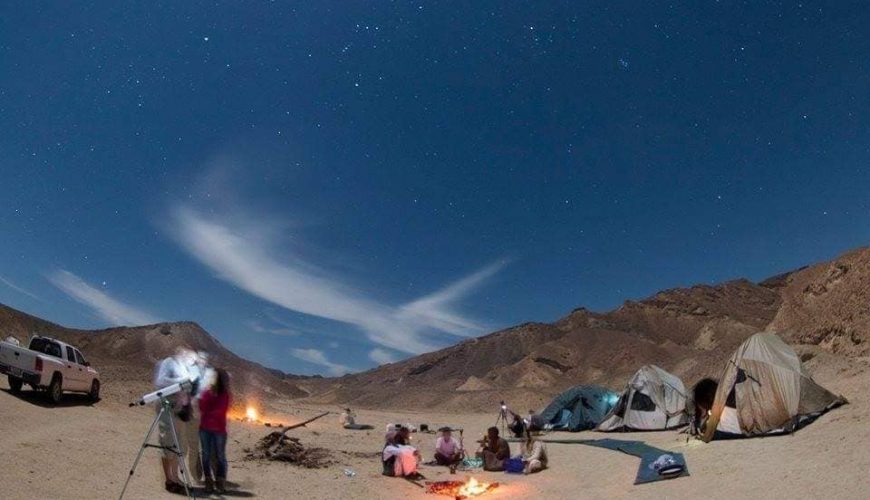
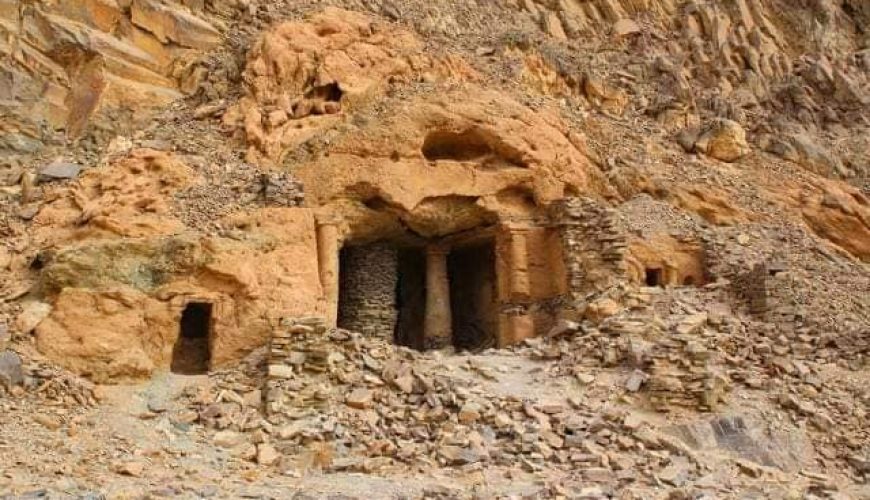


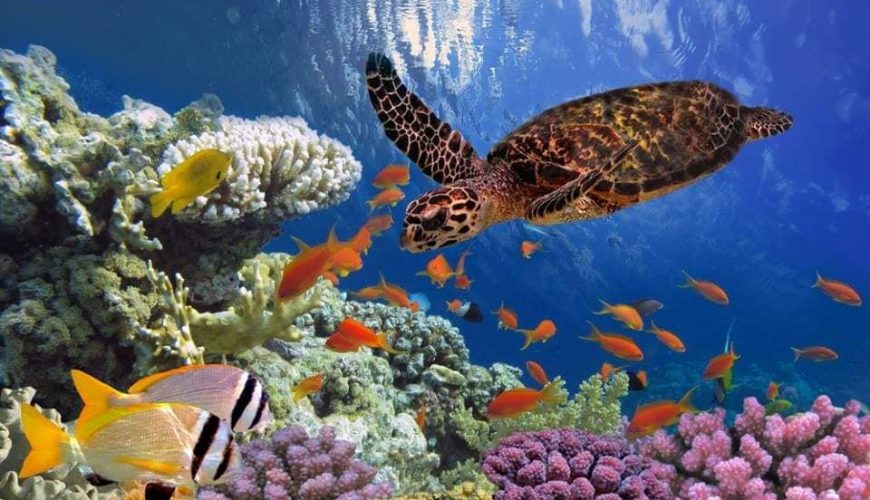
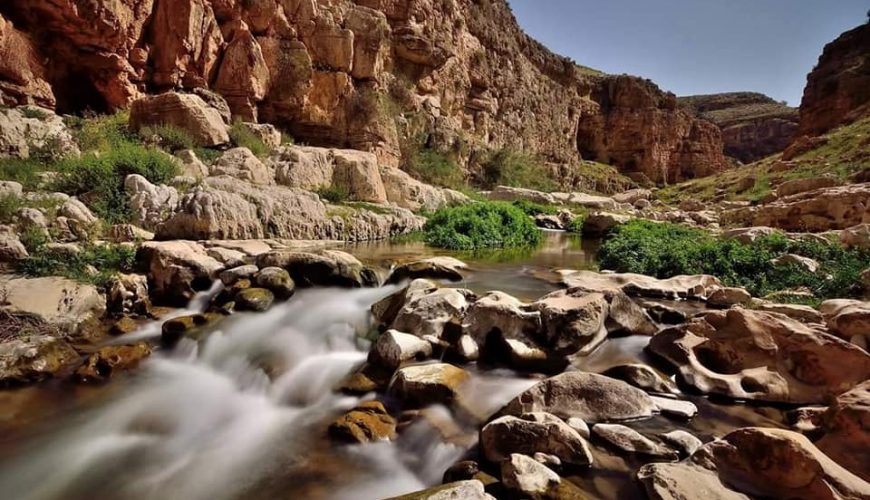
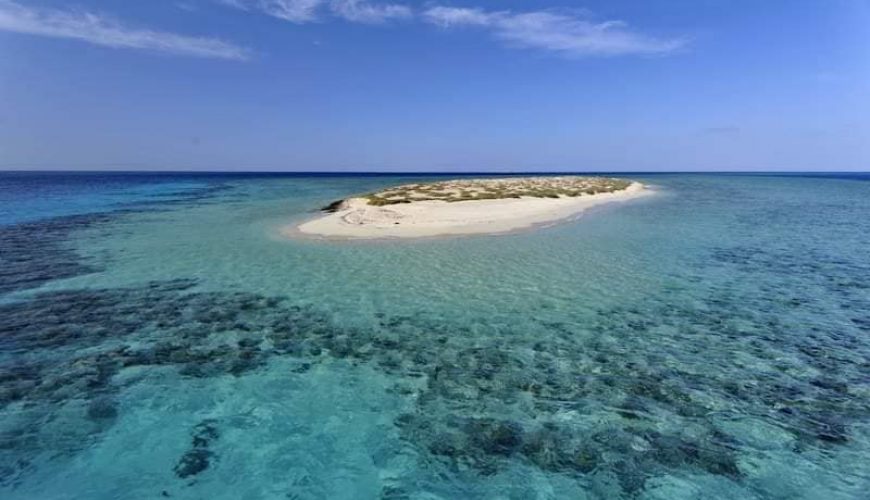
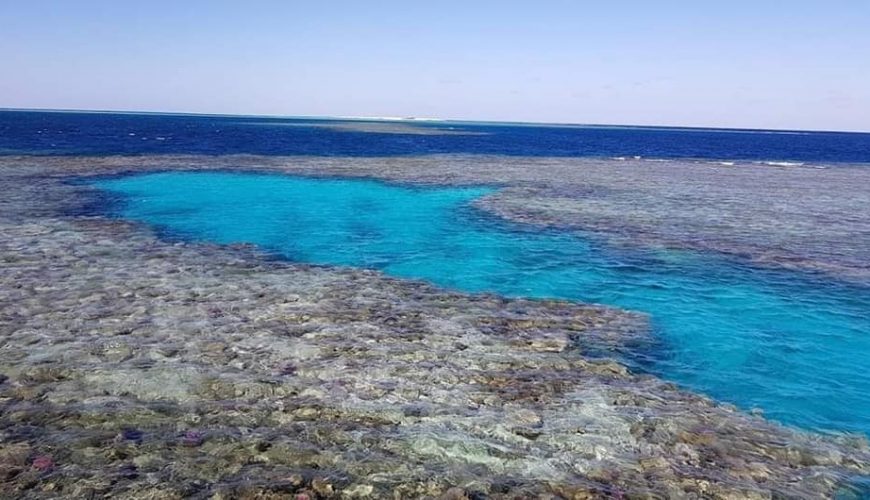
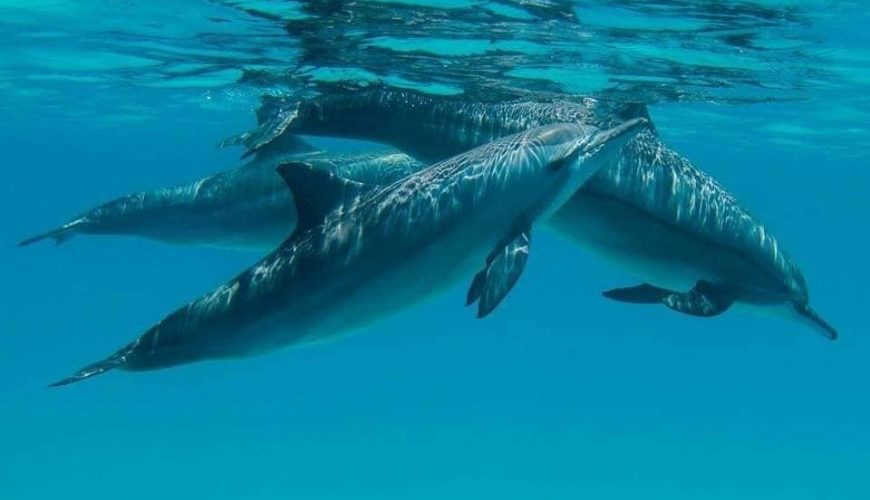
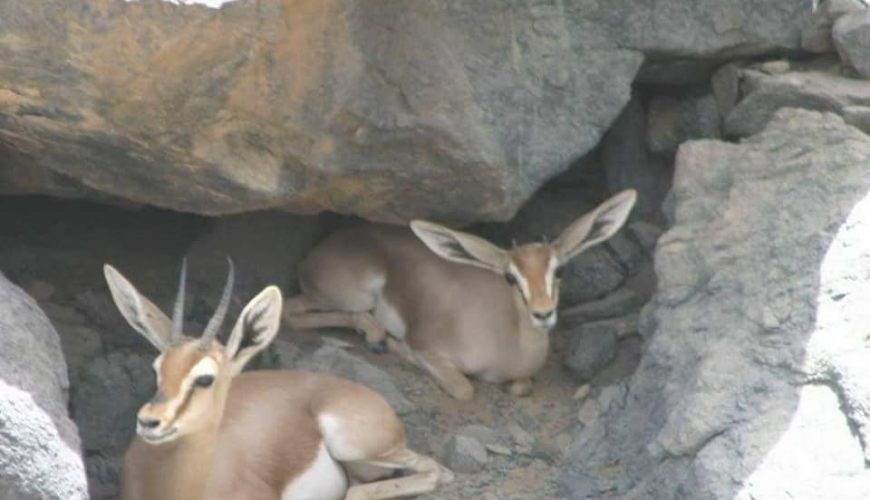
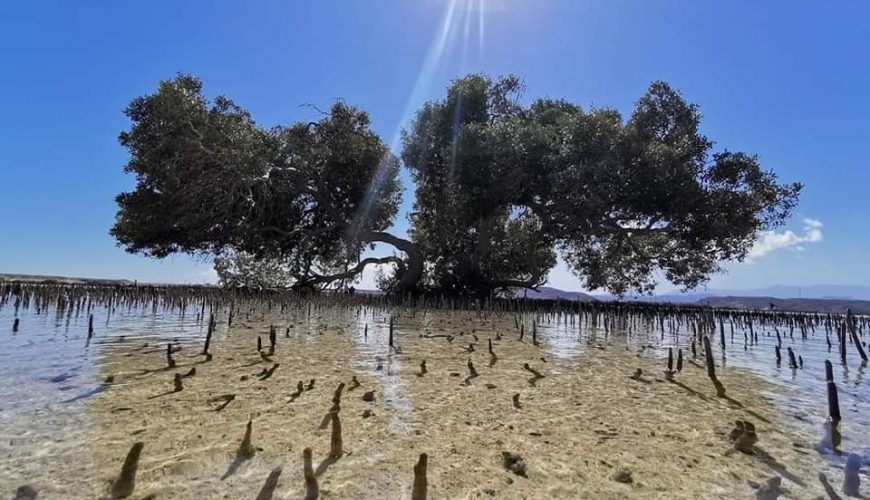

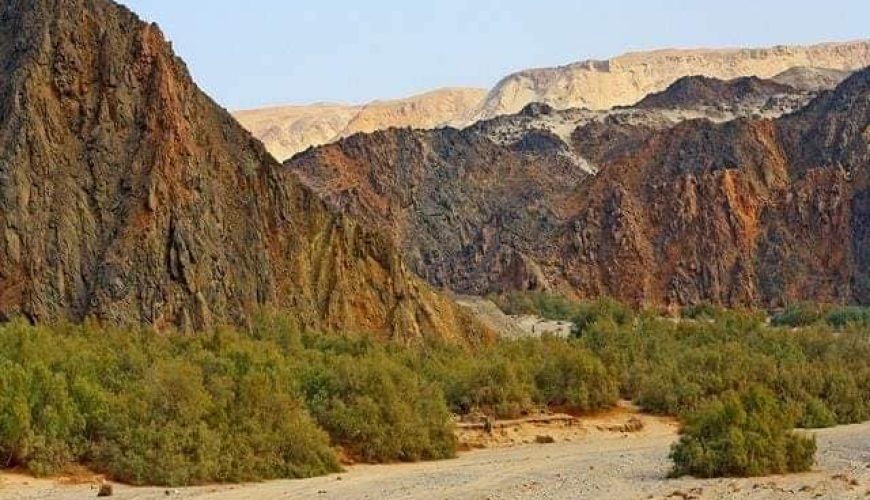
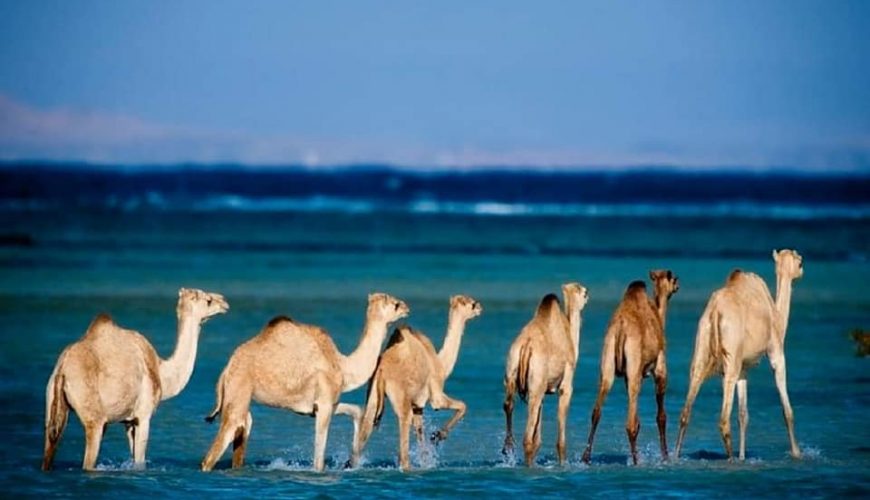


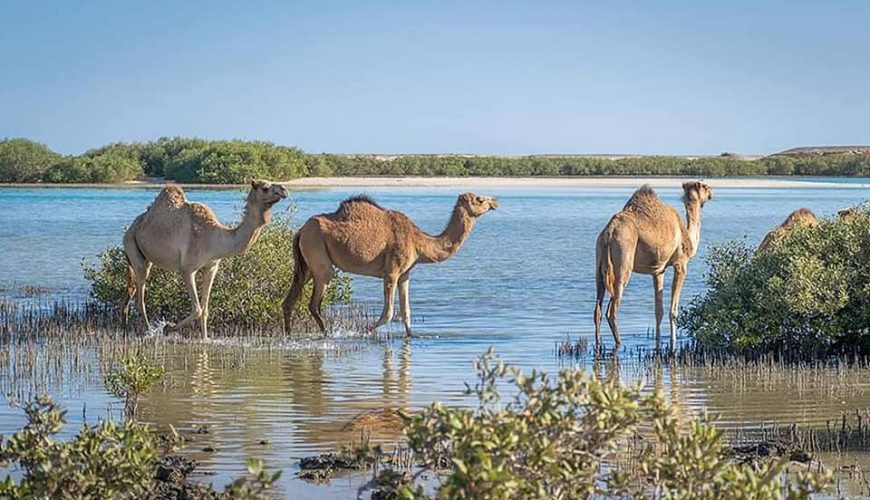
Comment (0)